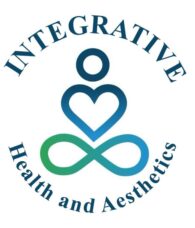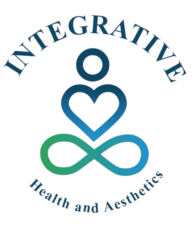What are Spider veins?
Spider veins, also known as telangiectasias, are visible, small, dilated blood vessels that look like a spider's web. They are usually red, purple, or blue and are most often found on the legs and face.
Although most spider veins are a cosmetic issue, for some people they can cause uncomfortable symptoms such as aching, burning, swelling and leg-cramping.
Spider veins are extremely common, affecting nearly half of the adult population of the United States. Many patients are bothered when spider veins develop on prominent areas such as the legs or face and seek treatment to eliminate them. Many spider-vein treatments are highly effective and minimally invasive, offering aesthetically pleasing results without painful or lengthy downtime.
You may also want to make lifestyle changes to help keep new ones from forming.
Sometimes, though, spider veins are an early sign of chronic venous sufficiency. This is a vein disease that can affect your quality of life and lead to complications.
If you notice spider veins make an appointment with us to evaluate you for chronic venous insufficiency.
What causes spider veins?
Spider veins form when small blood vessels just under your skin weaken and expand. It’s not always clear what causes this to happen. Some known causes include:
- Hormonal changes.
- Genetic syndromes.
- Connective tissue diseases.
- Injury or trauma.
What are the risk factors?
You may face a higher risk for spider veins if you:
- Often stand or sit for long amounts of time.
- Have close biological family members with spider veins or varicose veins.
- Increasing age.
- Have a BMI > 30 (overweight)
- Are pregnant.
- Use hormonal birth control.
- Use hormone therapy for perimenopausal symptoms.
- Lack of exercise.
- Spend a lot of time in the sun.
- Smoke or have quit smoking.
What are the symptoms of spider veins?
Spider veins don’t cause symptoms. A small number of people with spider veins in their legs experience the following symptoms, especially after standing awhile:
- Burning.
- Cramping.
- Itching.
- Legs that feel tired.
- Pain.
However, these symptoms are often unrelated to the spider veins and could be related to chronic venous insufficiency. Spider veins, which are diagnosed through a physical examination of the patient, an analysis of symptoms and, sometimes, diagnostic ultrasound, can be treated in a number of ways, all of which are minimally invasive.
How are spider veins treated?
Spider vein treatments include:
- Sclerotherapy - This is a minimally invasive treatment option for spider veins in your legs. A provider injects a chemical solution into your spider vein to close it off. You should see your spider vein go away in about three to six weeks. Some people need several sessions to fully get rid of their spider veins.
- Laser therapy - This is a noninvasive treatment option for spider veins, usually those in your face and legs. Unlike sclerotherapy, there’s no chemical solution or injection. Instead, a provider uses a laser to create heat and destroy the spider vein. If the spider vein is small, you may see it disappear right away. It may take one to three months for larger spider veins to go away. Some people need multiple sessions.
If you’re considering treatment, talk to a provider about what’s best for you. It’s important to keep in mind that providers will look for and treat more serious issues before treating your spider veins. For example, if you have signs of CVI, such as varicose veins or venous stasis ulcers, your provider will treat those issues first.
Prevention
How do you stop spider veins?
Self-care can sometimes help prevent new spider veins from forming. Tips include:
- Avoid sitting or standing for too long at a time. If you need to sit for a while, stand up every 30 minutes and walk around. If you need to stand for a while, sit down and take a quick break every 30 minutes.
- Avoid wearing tight clothing. Such clothing can interfere with your normal blood circulation and cause spider veins to form.
- Exercise regularly. Moving around can help increase blood flow in your legs. Ask your provider before starting a new exercise plan.
- Flex your feet and ankles. If you need to stay seated or in the same position for a while, move your feet. Flex your ankles up and down. Try to squeeze and relax your calf muscles to support blood flow in your legs.
- Keep a weight that’s healthy for you. A healthy body weight can limit pressure on your blood vessel walls so they function normally.
- Lift up (elevate) your legs. Try to do this at least twice a day for 30 minutes each time. Your legs should be at least as high as your heart.
- Wear compression stockings. Your provider may recommend compression stockings to improve blood flow in your legs. You may also need to wear them for a short time after treatment for spider veins. Always talk to your provider before starting any form of compression stockings.


